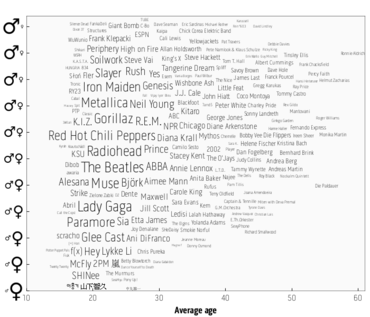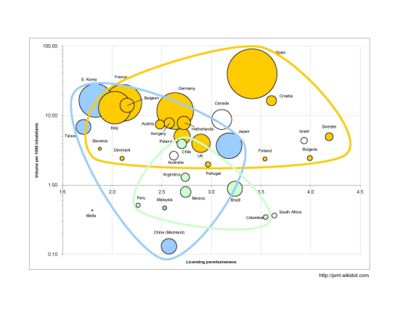“Mac sales rose 28 percent year-over-year during Apple’s last quarter, while PC sales declined 1 percent
There are now 54 million active Mac users around the world.
Mac sales have outpaced the broader PC market for 5 years, 22 straight quarters
Apple has sold 200 million IOS devices to date …
… which accounts for more than 44 percent of the mobile market
25 million iPads were sold in the device’s 14 months of availability
15 billion songs have been sold from the iTunes store …
… making Apple the #1 music retailer in the world
130 million books have been downloaded from iBooks
There are 425,000 apps in the app store
90,000 of them are designed specifically for the iPad
14 billion apps have been downloaded from the App Store in less than 3 years
Apple has paid some $2.5 billion to developers building apps for the app store
There are 225 million iTunes Store accounts, all of them with associated credit cards and 1-click purchasing
There are 50 million Game Center users. XBox Live, which has been around for a lot longer, only has about 30 million
IOS users send more than 1 billion Tweets a week
To date, about 100 billion push notifications have been sent to iOS devices
The iPhone 4′s camera is the second most used camera on Flickr”
via Warsystems, via Digital Stats.



